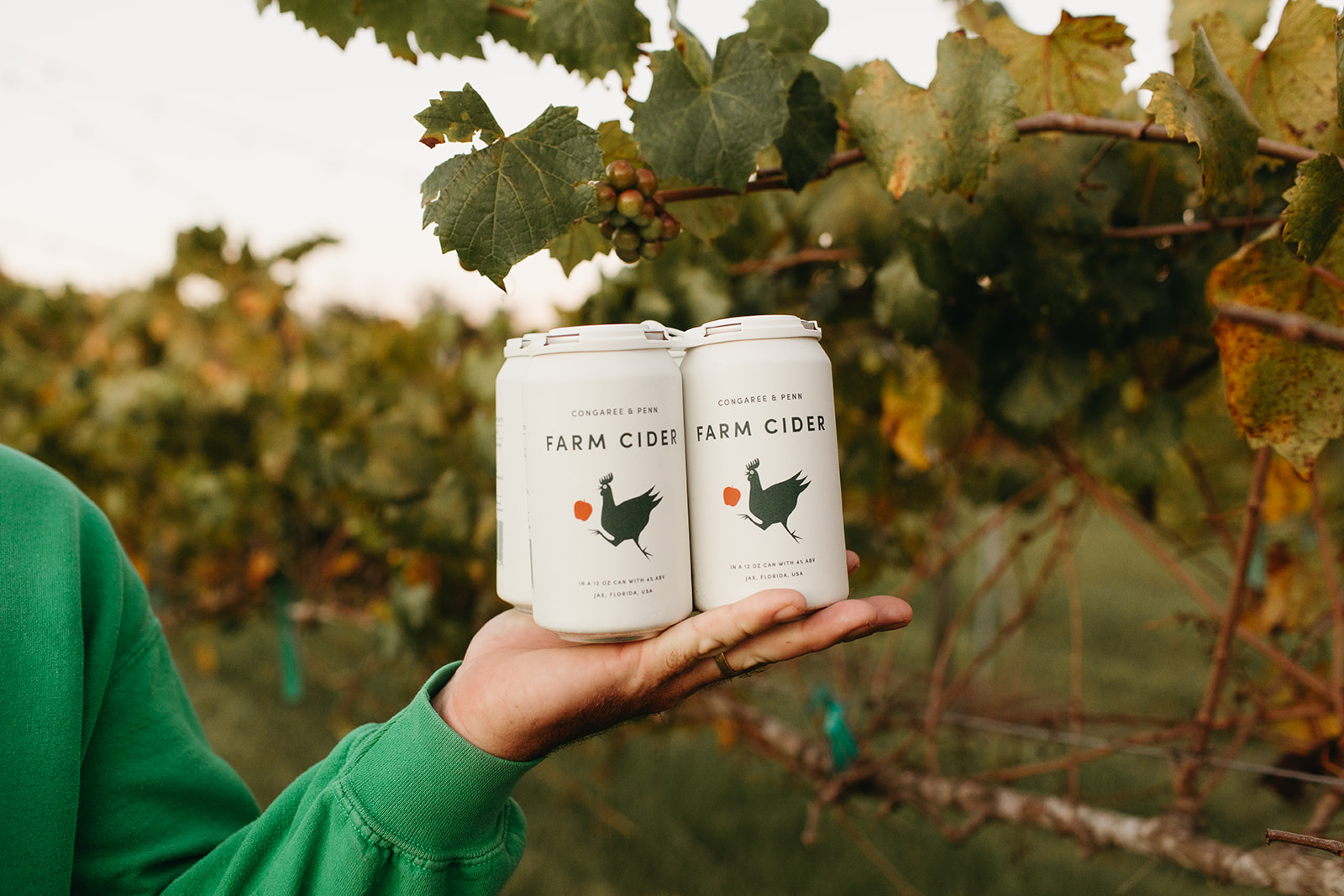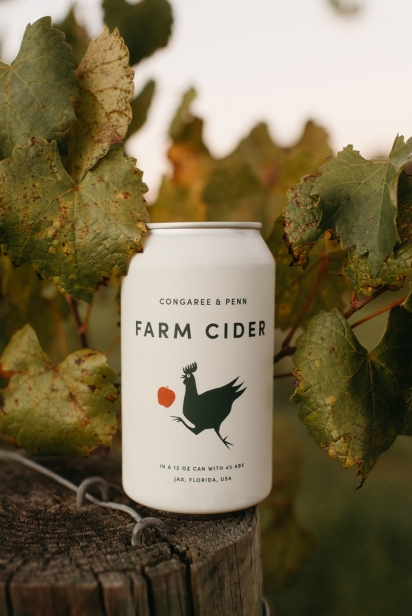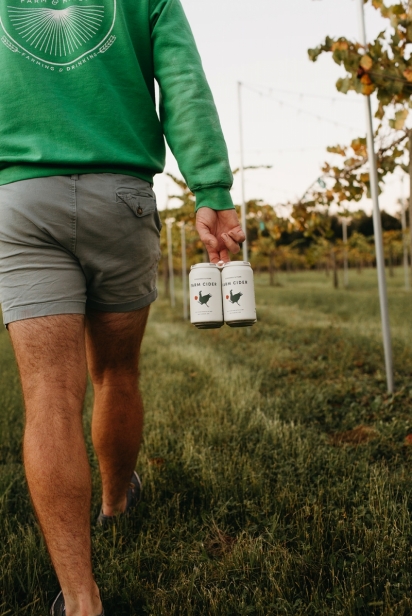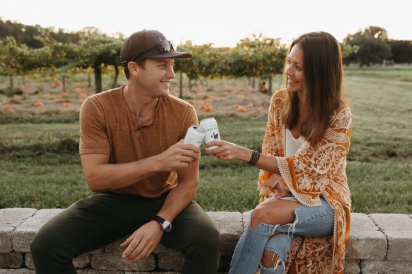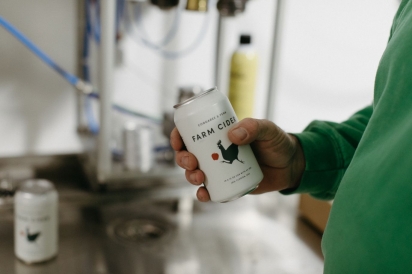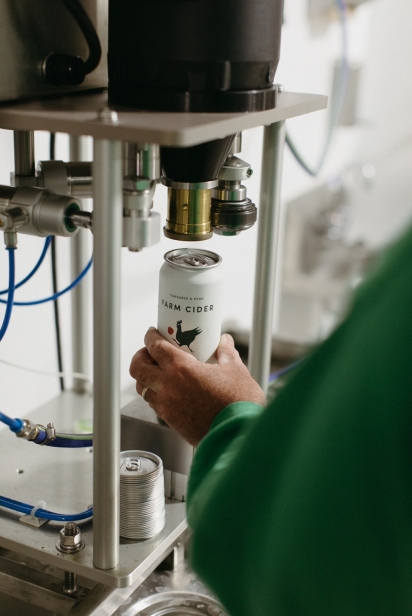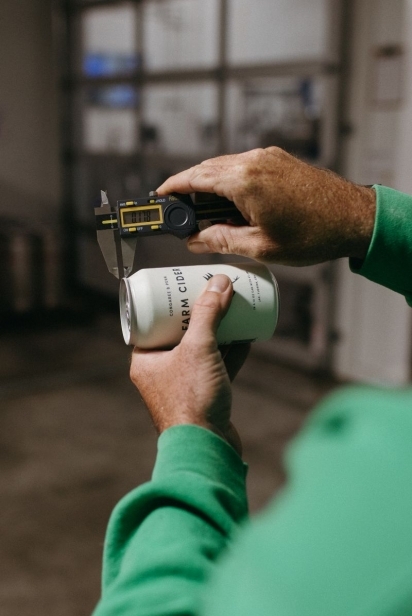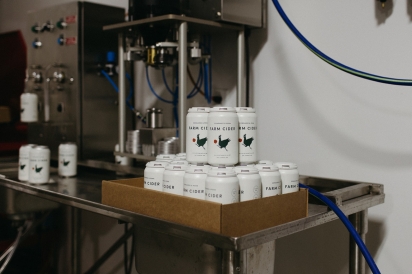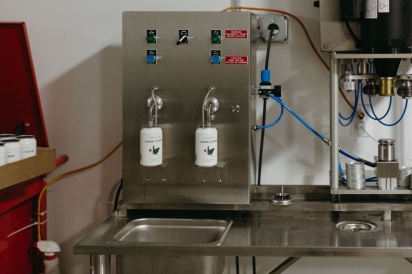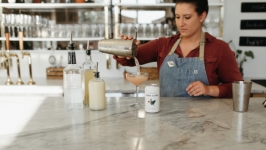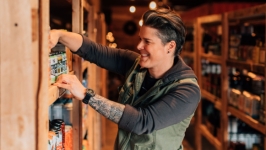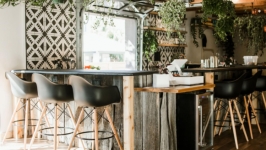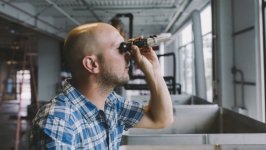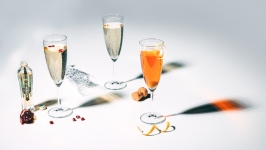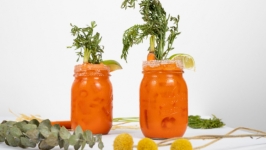How Local Cider Makers are Making Cider in Florida
Florida’s unique subtropical climate is ideal for growing many different kinds of fruit. From your standard citrus varieties to more exotic delights such as mango, lychee and Japanese persimmons, we are fortunate to enjoy a diversity of produce not commonly found in other parts of the country. One fruit in particular you would be hard pressed to find around these parts? Apples, which prefer cold winters and moderate summers. That hasn’t stopped a handful of enterprising beverage makers here in Northeast Florida from putting their unique spin on apples in their fermented form – cider.
People have been making cider from apple crops for at least two millennia. When the Romans invaded Great Britain in 55 B.C., they observed the native Celtic population fermenting apple juice. The Greek geographer Strabo found Asturians in present-day Spain making “sidra” around the same time. Many of our founding fathers including George Washington, Thomas Jefferson, John Adams and Benjamin Franklin were avid cider makers. But the first commercially available cider made in Northeast Florida didn’t appear until a few years ago, thanks unsurprisingly to the burgeoning craft beer movement.
The team at Engine 15 Brewing Company was the first local enterprise to try their hand at cider making. For them, it was an opportunity to experiment with a product they were passionate about. With its light, crisp and refreshing character, it seemed a perfect fit for the market, especially considering the area’s sweltering summer temperatures.
“Ours is more of a traditional English-style cider versus the sweeter stuff you see almost everywhere,” says brewer and co-owner Sean Bielman. Well-acquainted with the notion of importing their raw materials, the lack of native produce didn’t deter them. “Some people who make cider have their own orchards, but I know very few breweries that own their own hop or grain farms, so what’s the difference?” Sean explains.
When Congaree and Penn first began growing rice on their farm in northwest Jacksonville, their intention was to brew sake. They soon changed course after demand for their rice as a food product in restaurants and at farmers’ markets eclipsed their ambitions in the beverage game. Nevertheless, the idea of a destination farm-winery hybrid lingered in their imagination. “When we went to revisit the idea, we thought, ‘well we’re growing all this different fruit now,’” says owner Scott Meyer. “‘What’s better than making cider using the fruit we can grow in Northeast Florida?’”
Meyer attended cider making conferences in Oregon where he was advised to purchase concentrated apple must (freshly pressed juice) “like everybody else.”
Unsatisfied with this solution he eventually connected with a winery in Kalamazoo, Michigan who also made cider straight from the orchard. Meyer arranged to have already fermented cider shipped in tanker trucks straight from the winery to Jacksonville where he stores it in a 6,000 gallon dairy tank, typically used for chilling pasteurized milk, before packaging.
The cider that Meyer receives is bone dry, which means it has little residual sugar. “It’s pretty good on its own,” he says, “but it’s much better when you let it be the base of the flavor profile and start adding to it.” Congaree and Penn’s part of the operation then involves blending the base cider with fruit grown on the farm. “The goal is to highlight what grows well here and what’s indigenous to Northeast Florida,” Meyer explains.
So far, they’ve experimented with a number of different fruits but have found the most success with the Noble muscadine, an indigenous grape varietal that is often sneered at in winemaking circles but happens to blend beautifully with cider. “The juice quality is incredible,” Meyer beams. “It has almost a pink quality to it and a really nice flavor.” Meyer and his team have also played with mayhaw, figs, ouachita blackberries, gallberry honey and perhaps most surprisingly, a rare, heirloom, yellow-fleshed watermelon grown at Meyer’s father’s farm in Georgia which he credits as “hands down the best cider we’ve ever made.”
Congaree and Penn’s ciders, including limited pilot batch experiments, are always available at the farm’s taproom and restaurant. You can occasionally find some in distribution on select tap lists around town and they have started canning their Farm Cider. With its lower ABV and a touch of thirst-quenching apple cider vinegar, it’s a highly sessionable quaff, perfect for those long, hot summer afternoons or day sipping during holiday gatherings.


